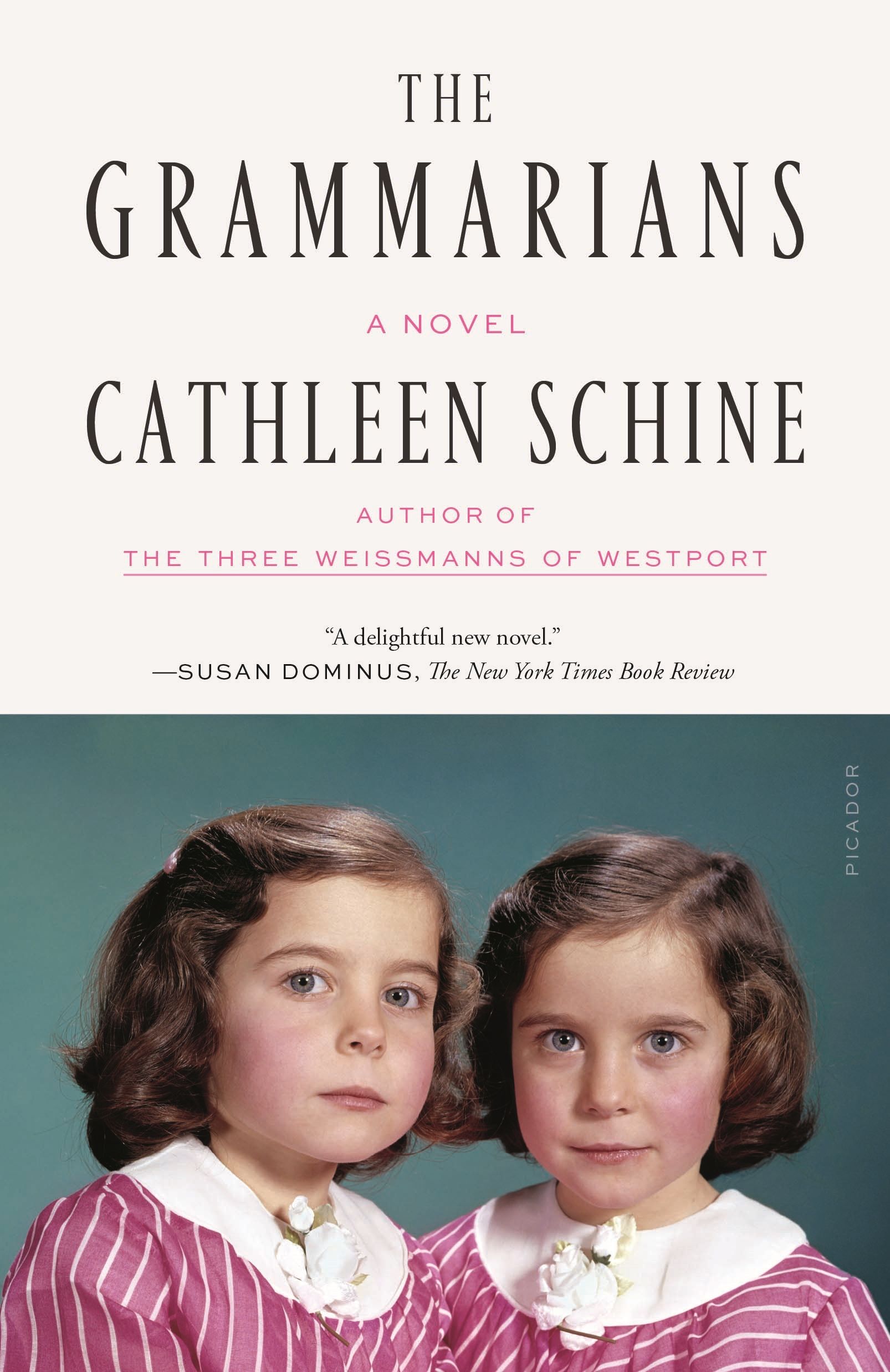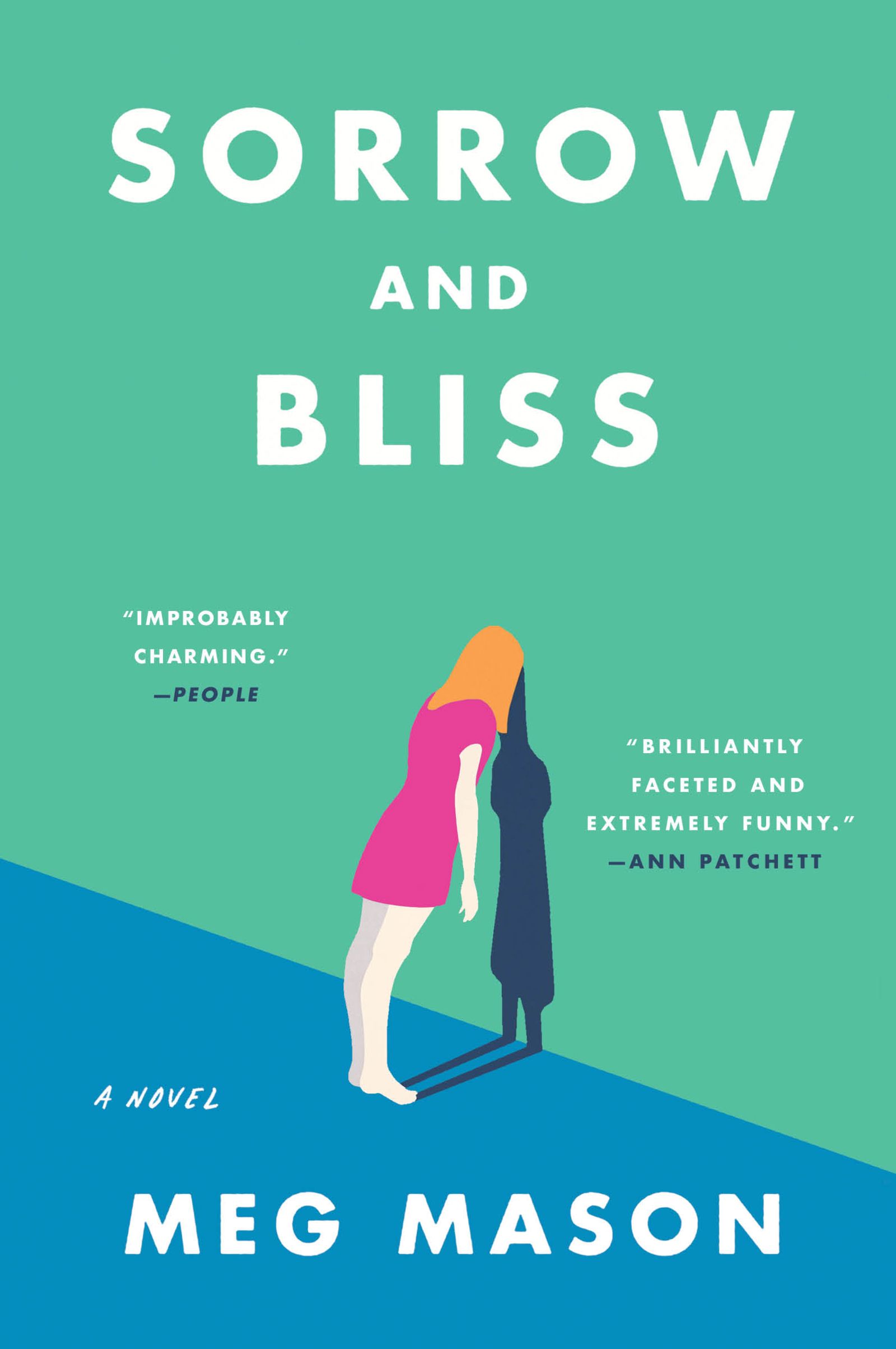The Marriage Portrait is a new novel by award-winning author Maggie O’Farrell. Dark, engrossing, and transportive, the novel takes inspiration from historical figure Lucrezia de’Medici, the young duchess of Ferrara who died under mysterious circumstances at the age of sixteen. In The Marriage Portrait, O’Farrell blends fact and fiction to spellbinding effect, creating a whole world from scraps of history like she did in Hamnet, her bestselling novel published just last year (!). To tell Lucrezia’s story, O’Farrell takes us to Florence in the 1550s. The third daughter of Grand Duke Cosimo I de’Medici, Lucrezia is born into a world of opulence and isolation. She’s raised to be a wife, a political pawn her father can use to accumulate more power, but her restless, artistic nature pushes her to rebel against expectations, and she spends her childhood in and out of trouble. When her older sister Maria unexpectedly passes, Lucrezia must marry in her stead, and she finds herself betrothed at age fifteen to Alfonso d’Este, Duke of Ferrara. At first, marriage seems idyllic — Alfonso is loving and attentive, and she spends her days in relative freedom. However, as time goes on and she fails to produce an heir, the darker underbelly of their marriage reveals itself, and Lucrezia realizes she’ll need to access untapped ferocity if she wants to survive. Alternating between Florence and Ferrara, between Lucrezia’s youth and her reign as duchess, The Marriage Portrait paints a terrifying picture of possession and honors the resilience of a young woman.
When it comes to historical fiction, no one does it like Maggie O’Farrell. She writes with such detail, always impeccably researched — from the food and clothes to the art and politics — that each book feels like a cultural immersion. And this is only a backdrop to the deeply human stories she imagines. In the hands of O’Farrell, Lucrezia becomes more than a few sparse lines in a history book. She is spirited and complex, a sheltered child thrust into a new world and forced to navigate the pitfalls by herself; she’s a character that brings to mind the late Princess Diana or Jane Eyre, but with a fiery energy that’s all her own. I loved the way the chapters alternate between two different timelines — one is a broad map of Lucrezia’s experiences from birth to adulthood and the other focuses in on a single weekend one year into her marriage. These two perspectives create a sense of urgency and give the novel a fast pace throughout. The Marriage Portrait is a powerful, compelling piece of historical fiction and I can’t recommend it highly enough.
I’d recommend this book to…
- Anyone who loves a dark, suspenseful, slightly gothic tale… it’s similar in tone to Jane Eyre by Charlotte Brontë
- Anyone looking for an empowering story about female resilience… it’s similar in theme to Circe by Madeline Miller
- Anyone who appreciates poetic and inventive historical fiction… it’s similar in style to Booth by Karen Joy Fowler








